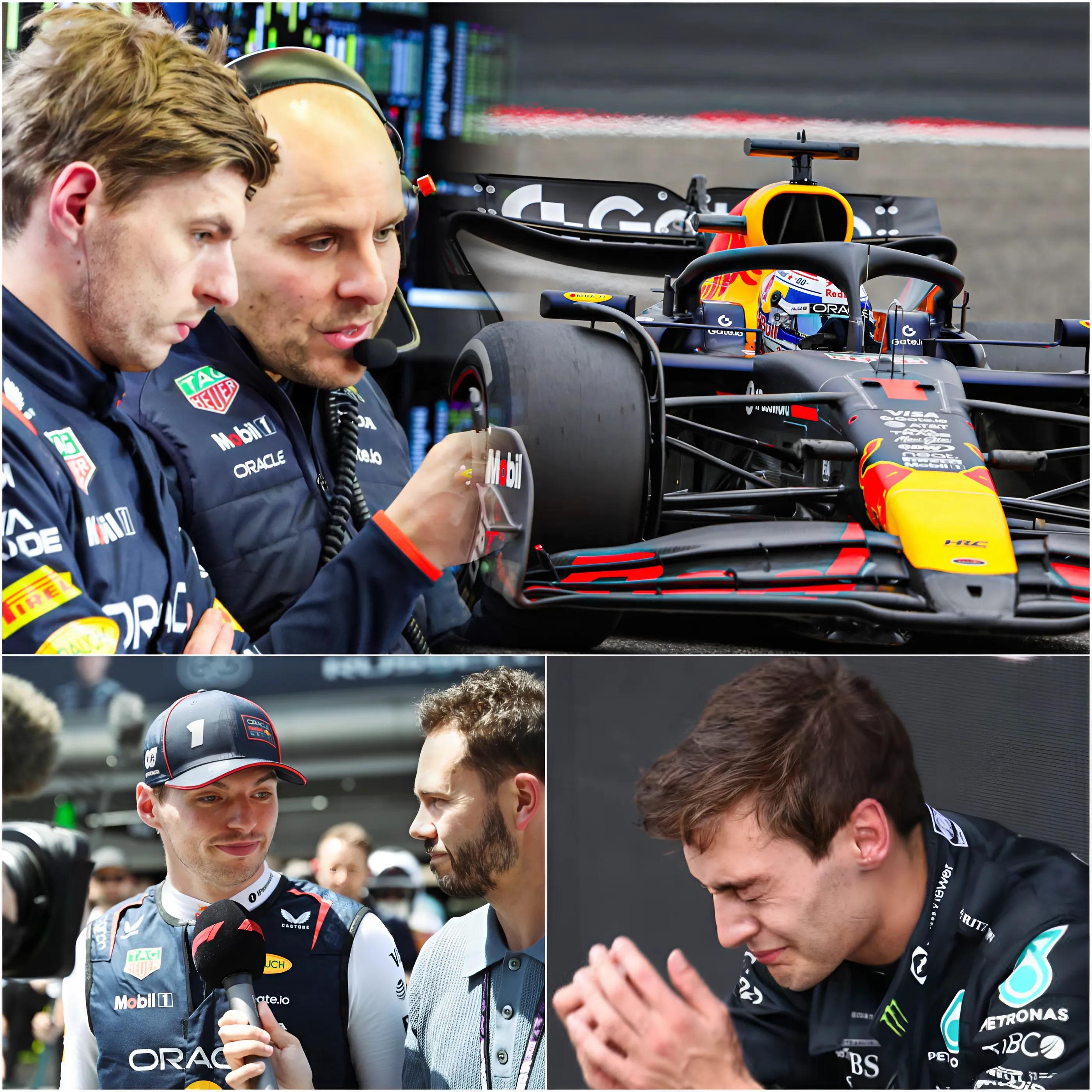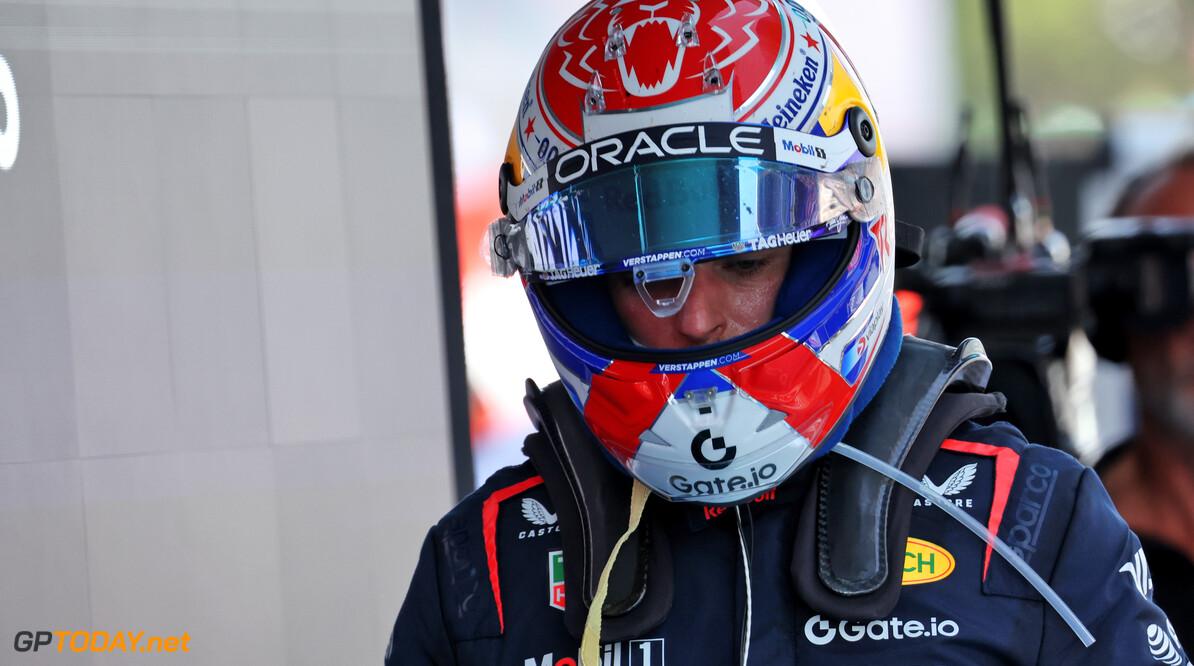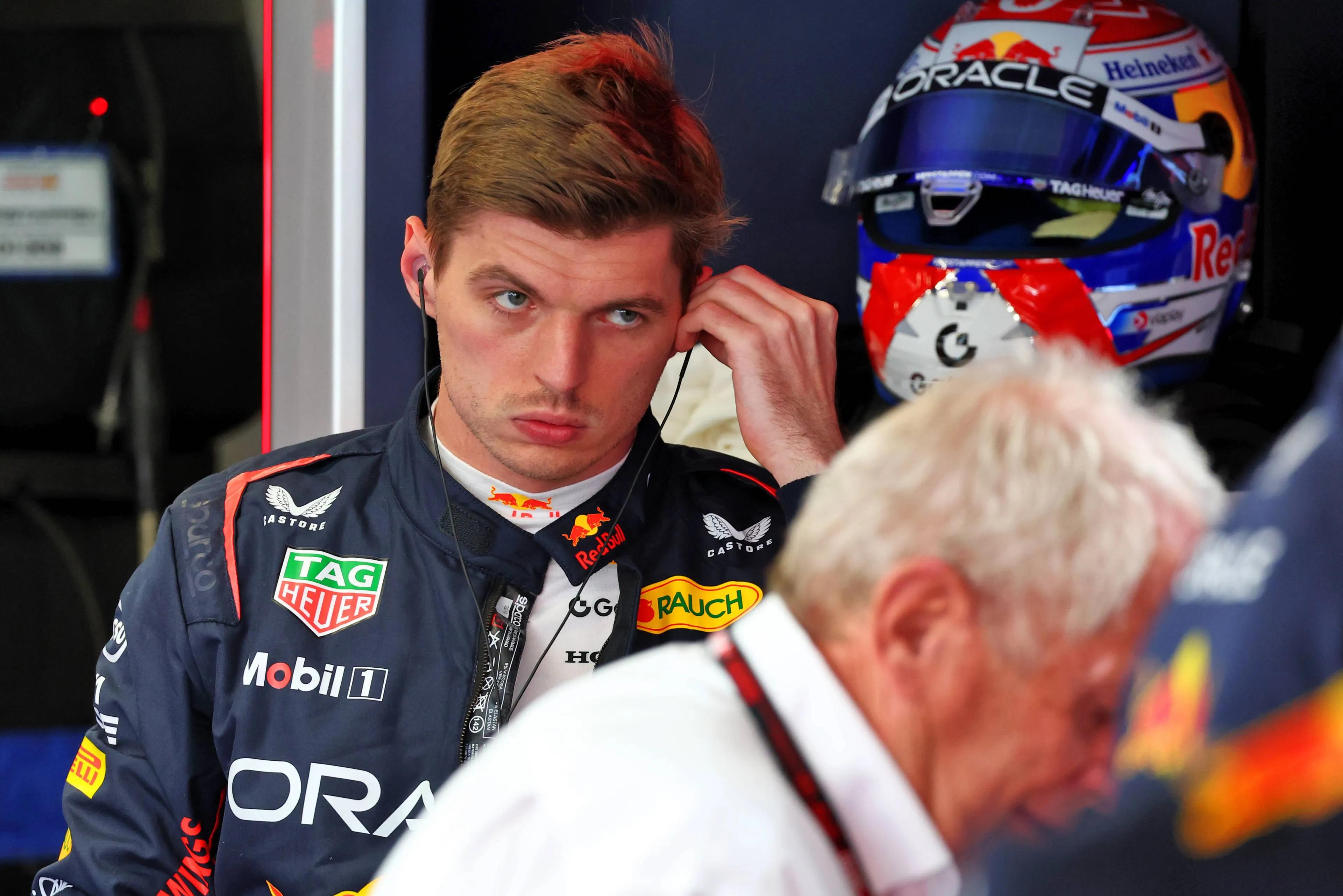The 2025 Spanish Grand Prix will live long in the memories of Formula 1 fans, not only for the intense battle on the track, but also for the controversial collision between Max Verstappen and George Russell. The Dutchman was given a ten-second time penalty and three penalty points on his superlicence for what was initially seen as a deliberate manoeuvre into the Mercedes driver. However, new onboard footage sheds a different light on the incident, revealing that Verstappen did not intentionally swerve into Russell. The development has reignited debate about the fairness of the FIA penalty and raised questions about the dynamics of the incident.

During the race in Barcelona, Verstappen was accused of deliberately causing a collision with Russell, an incident that occurred during a heated battle for position. The FIA ruled that Verstappen, who was on hard tyres at the time and struggling with the grip of his RB21, was responsible for the collision. His post-race response, in which he admitted to Viaplay that he could have avoided the collision, seemed to reinforce the impression that he was at fault. However, newly released onboard footage tells a different story. A careful analysis of the footage reveals that Verstappen did not deliberately steer into Russell, but simply tried to make the turn, in line with the natural racing line.

The footage shows a pivotal moment just before the collision. On the main straight, about fifty metres before the corner, Verstappen looks in his mirrors to locate Russell, as requested by his race engineer, who instructed him to give the position back after an earlier infringement. Russell, driving on the ideal racing line on the right, comes alongside. As both drivers approach the corner, Verstappen can be seen looking to his right, clearly aware of Russell’s position. Contrary to earlier assumptions, Verstappen does not steer towards the Mercedes, but follows the inside of the corner to the left. His steering movements are consistent with an attempt to take the corner correctly, suggesting that the collision was not the result of an aggressive action on his part.
Still, the incident is not without nuances. Russell, who entered the corner from the outside to the inside, was on the racing line, while Verstappen was on the inside. Both drivers were aware of each other’s position, which makes the situation complex. Russell’s decision to enter the corner sharply may have been risky, knowing that Verstappen was on the inside. On the other hand, Verstappen, knowing that Russell was next to him, may have eased off the throttle a bit to avoid contact. His post-race comment that he could have avoided the collision seems to refer to this moment of judgment. The question remains who bears the most responsibility: was Russell too aggressive in his approach, or could Verstappen have been more cautious?

The new footage has further fueled the debate over the FIA’s punishment. Verstappen, who is now on the brink of a race ban with 11 penalty points on his licence, has previously faced what some see as disproportionate punishments. The 10-second time penalty and three additional penalty points in Spain have complicated his championship standing, particularly in a season in which he is neck-and-neck with drivers such as Oscar Piastri. Critics, including former world champion Jacques Villeneuve, have pointed to inconsistencies in the FIA’s decisions, with Verstappen seemingly being punished more severely than his rivals in similar situations.

With the Austrian Grand Prix approaching, where Verstappen will be hoping to dominate his home race at the Red Bull Ring, the controversy surrounding the Spanish incident continues to linger. The onboard footage offers a chance to assess the events more objectively, but it doesn’t resolve all the questions. Was it a straightforward racing error, a misunderstanding between two drivers under high pressure, or a combination of both? What is clear is that Verstappen’s actions do not display the deliberate aggression for which he was initially penalized. As the Formula 1 community continues to analyse this footage, calls for greater transparency and consistency in the FIA’s decision-making are growing, a theme that will undoubtedly continue to resonate into the 2025 season.






